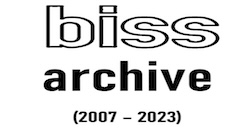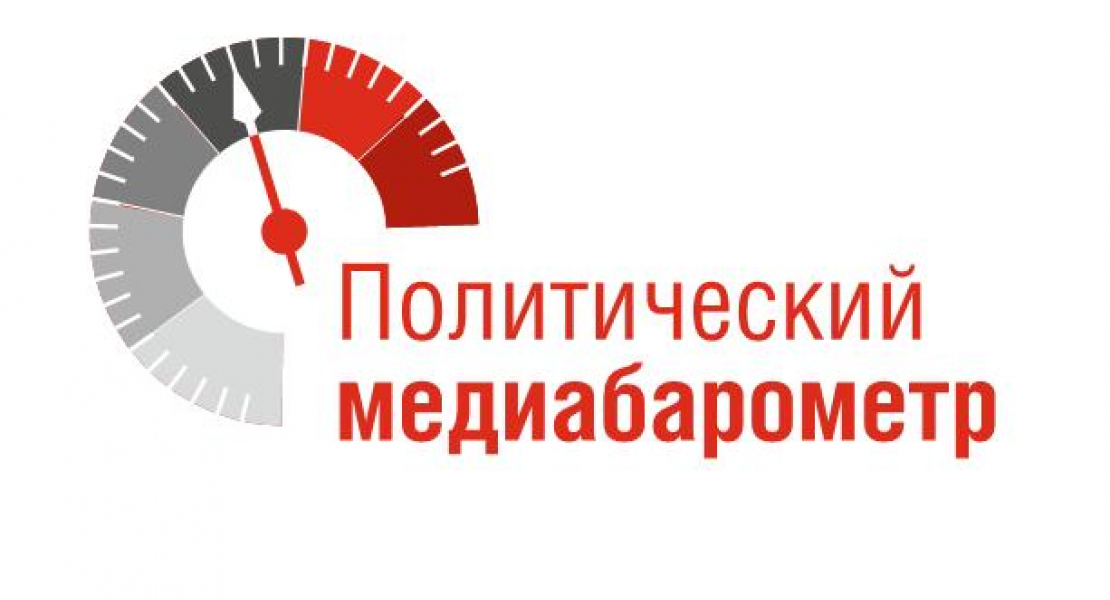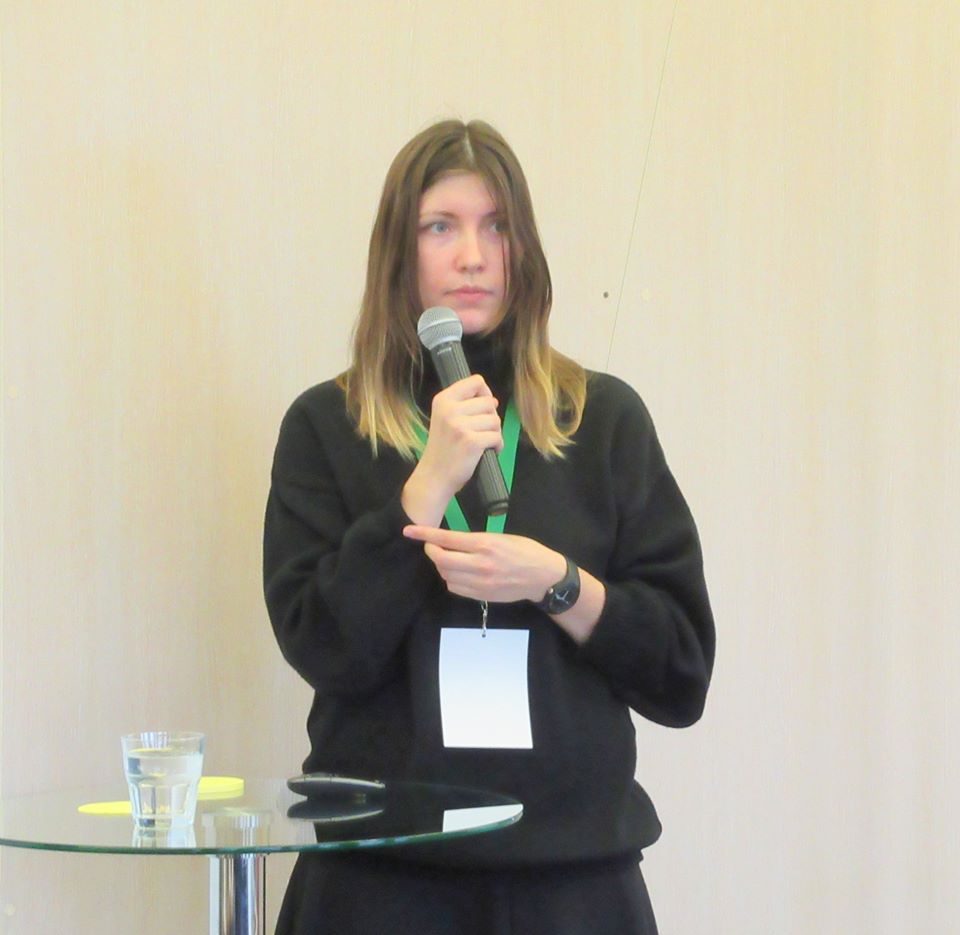BISS presents basic findings of the BISS Political Media Barometer for January to March 2015. The research analyses quantitative and qualitative characteristics of the independent political forces’ communications field and offers some conclusions concerning the major factors that determined the structure of the communications field.
The key features of the political communications field in the first quarter of 2015 were as follows:
• The fact that the electoral campaign was under way became manifest in the structure rather than the number of political communications, as the rating dynamics were caused by the political actors’ and forces’ plans regarding their participation in the presidential election and there was an increase in the share of Belarusian politicians’ contacts with their foreign counterparts.
• The qualitative characteristics of communications, such as their pro-activeness, the share of offline activities covered in the media and balance in the levels of covered events changed for the worse, even though the number of political communications did not go up.
In the previous issue of the BISS Political Media Barometer for October – December 2014 we concluded that the forthcoming election had come to be felt in the political communications field, leading to an upsurge in the number of communications and changes in their topics. Although a new electoral cycle began in the political communications field in late 2014, the first quarter of 2015 was not marked by any significant growth in terms of numbers. During the analysed time span we tracked 4,965 news items, while there had been only 23 fewer in the previous quarter.
Chart 1. Communications dynamics in figures (numbers of references to political actors and forces)
Although the number of political communications grew only insignificantly, the election was a major factor in the political forces’ quantitative indices and rating positions. Thus, it began to play a decisive role in shaping the structure of the political communications field. The political forces fell into three groups depending on their quantitative indices.
The first one included the BPF Party and the United Civic Party, whose indices were notably higher than those of their closest pursuers. It was the UCP that led throughout the first quarter, the BPF Party overtaking it only in the last ten days of March due to its active involvement in the preparations for the Freedom Day. The UCP went up from the fourth to the second position. The reason was a heated debate around Mikola Statkievič’s nomination as a ‘symbolic’ presidential candidate, as well as the UCP’s endorsement of its leader Anatoĺ Liabiedźka’s nomination.
The second group consisted of the Belarusian Christian Democracy, the movement ‘For Freedom’ and ‘Tell the Truth!’ campaign. In the first quarter of 2015 the BCD took a less active part in the debate around the election, which caused them to give up the third position in the rating to the movement ‘For Freedom’. The discussion around the nominee endorsed by the ‘National Referendum’ campaign allowed the BPF Party to maintain its leading position and pushed the movement ‘For Freedom’ into the third. No matter what stance the political forces took on individual nominees, in references to the coalition all its members were listed, which contributed to their quantitative indices. Although there was a heated debate around Taćciana Karatkievič’s nomination, ‘Tell the Truth!’ campaign failed to keep up its position in the rating as Uladzimir Niakliajeŭ decreased his activities.
The third group comprised all the other political forces, which traditionally do not take up leading positions or use election-related rhetoric to promote themselves in the media.
As for the movement ‘For Freedom’, it should be mentioned that a noticeable proportion of their communications dealt with Aliaksandr Milinkievič seeking to be appointed principal of the European Humanities University. It gave the movement 14 references and 55 index points, which nevertheless did not have a decisive impact on its standing in the rating. This could make the media profile of the movement blurred and less focused on the country’s political life and social issues.
Table 1. Total presence of the political forces in the information field
As the discussions about the forthcoming presidential election in many aspects shaped the political communications field, the individual politicians’ quantitative index rating followed the same pattern as that of the political forces. Before the beginning of the electoral cycle the individual politicians’ ratings had depended on situational factors, showing much more volatility as compared to the political forces. The political actors could be divided into two groups with a stark difference in their quantitative index rating. The first one consisted of two top political figures, Anatoĺ Liabiedźka and Mikola Statkievič, both viewed as potential presidential candidates. They were followed by the representatives of ‘The National Referendum’ campaign, namely Uladzimir Niakliajeŭ, Aliaksandr Milinkievič and Aliaksiej Janukievič. In Aliaksandr Milinkievič’s case his application for the position of EHU principal had a considerable impact on his quantitative rating, unlike that of the movement ‘For Freedom’. The election of the EHU principal brought him 46 references and 230 index points. Without this procedure Aliaksandr Milinkievič would have been overtaken by Aliaksiej Janukievič and moved to the fifth position.
Table 2. Total presence in the information field for individual politicians
The dynamics of the quantitative index accumulation also showed that the political actors’ communications were affected by the same events as those of the political forces, namely the initiative to nominate Mikola Statkievič and the small protest in solidarity with Charlie Hebdo for Anatoĺ Liabiedźka and the arrival of the European politicians and the Freedom Day for all the other leading politicians except Mikola Statkievič.


.PNG)
.PNG)
.PNG)
